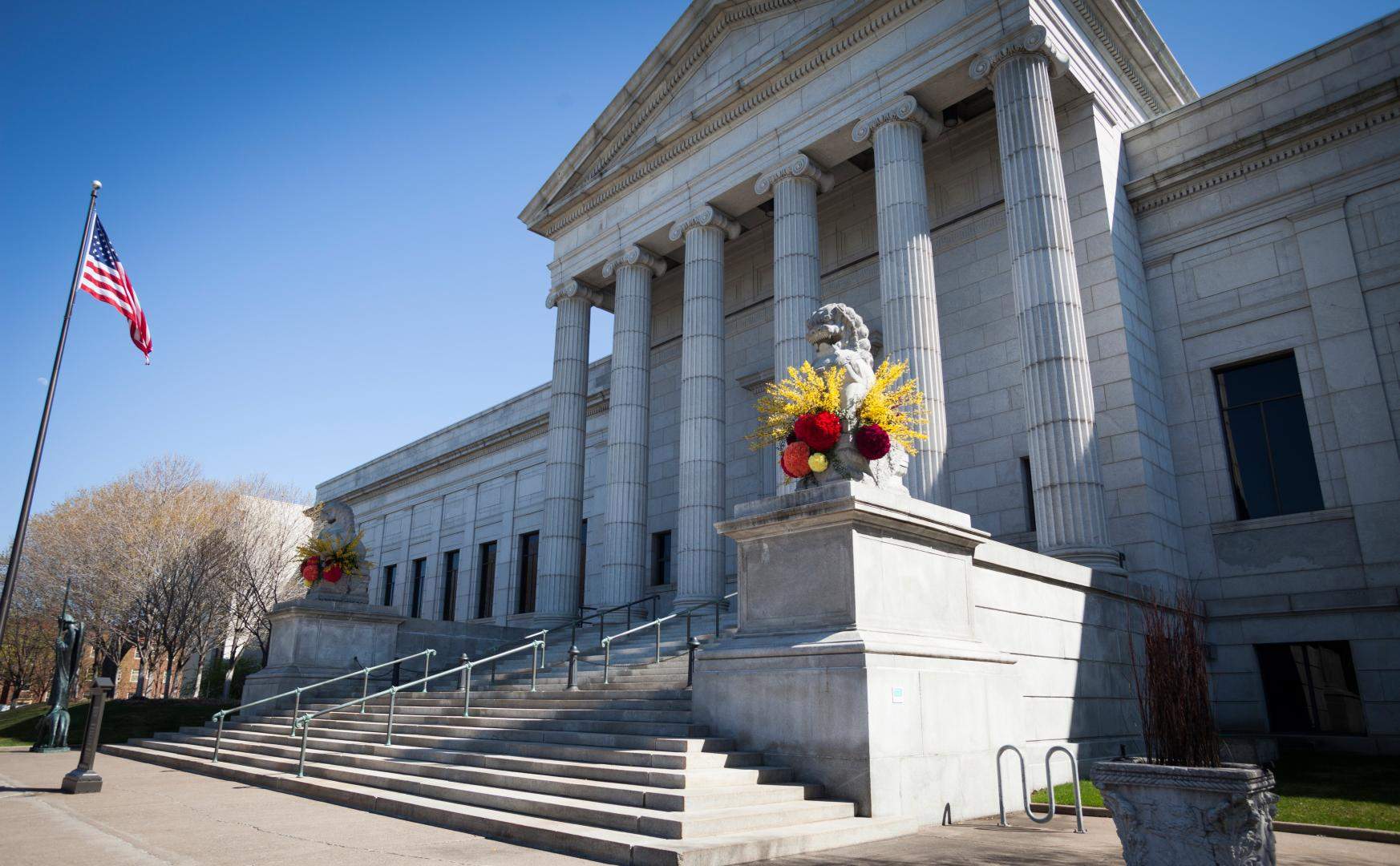Worker drama in American museums. 1,500 layoffs at 17 major institutions
Major U.S. museums, due to the Covid-19 coronavirus pandemic, have cut as many as 1,500 jobs. Reporting the dramatic figures is Artnet News magazine, which performed the analysis on seventeen U.S. institutions. “Most museums, though not all, have struggled to keep staff on as long as possible,” Adrian Ellis, founder of the cultural realities management firm AEA Consulting, told the news outlet. “If you are in a period of prolonged closure, it is an extremely difficult situation, and at some point you have to face tough decisions. That’s why people who manage institutions get paid to do that.”
The American magazine also rattles off figures: at the Children’s Museum of Chicago, 74 out of 100 employees laid off; at the San Francisco Museum of Modern Art, layoffs or reductions for 55 employees and end of contract for 135 outside staff; at the Preservation Society of Newport County, 231 layoffs out of 336 employees; at the Cleveland Museum of Natural History, 26 layoffs (10 percent of staff); at the Georgia O’Keeffe of Santa Fe, 45 layoffs (44% of staff); at the Fine Arts Museum of San Francisco, 14 layoffs and 33 unpaid leaves; at the Seattle Art Museum, unpaid leave or reduced hours for 76 employees; at the Peabody Essex Museum of Salem in Massachusetts, 38 layoffs out of 260 employees; at the Minnesota Historical Society, 176 layoffs and 139 unpaid leaves of absence out of 600 employees; at the 9/11 Memorial in New York, 148 layoffs and 51 unpaid leaves of absence out of 337 employees; at the Museum of Jewish Heritage in New York, 32 layoffs (40% of staff); at the Minneapolis Institute of Art, 39 layoffs out of 250 employees; at the Walker Art Center in Minneapolis, 33 layoffs; at the Science History Institute in Philadelphia, 14 layoffs out of 85 employees; at the Philadelphia Museum of Art, 100 layoffs out of 481 employees; at the Brooklyn Museum, 29 layoffs out of 412 employees; at the New Museum in New York, 18 layoffs out of 41 employees.
But what were the main causes of the layoffs? In the United States, the model of museum management and funding is very different from that in Italy: overseas, museums are largely set up as private foundations, and government investments represent a small percentage of the museums’ budgets (generally, American museums maintain themselves thanks to the strong support of private individuals) and in part are not provided in the form of direct transfers as is the case in Italy and other European countries. There is a federal program, the Paycheck Protection Program (PPP), which offers grant funding to companies with fewer than 500 employees if certain conditions are met (for example, three-quarters of the funding must be invested in staffing).
Many of the layoffs, Artnet news found, came in conjunction with the end of the PPP, which took away an important source of cash for museums: the end of funding and the inability to rely on patron support and public input created a lethal mix. This is, for example, the case with the Minneapolis Institute of Art, which ran out of its $4 million PPP (out of a budget of 34), or with the Peabody Essex Museum where funding that amounted to about 10 percent of its budget ran out.
Then there are problems related to the nature of private support: indeed, many museums rely on small numbers of donors who nonetheless give out large sums of money. For example, the recent $400 million expansion of New York’s MoMA was half-funded by four donors. Further problems, denounces the workers’ collective Art and Museum Transparency, lie in the fact that funding is raised well when the outcome is tangible (for example, when there is a new exhibit to be unveiled), while private funders struggle to be persuaded to meet emergencies to pay workers. “Asking supporters to protect the workers,” the collective let it be known, “is a more modest financial request [compared to the commitment to MoMA’s expansion, ed.], but it does not guarantee an auditorium or gallery bearing the donor’s name.”
The layoffs could continue into next month, Ellis speculates: in fact, another round of PPP funding is scheduled to end in August. And museum workers are aware of the period of uncertainty ahead. “Workers who have not yet been laid off or discharged know that further layoffs are imminent, and have therefore been working in limbo for weeks,” say workers at Art and Museum Transparency. Then there is the fact that the epidemic in the United States is far from resolved, indeed: there are thousands of new cases every day. And so there is further uncertainty about the dates from which museums will be able to work safely. “Institutions,” Ellis concludes, “are probably making decisions on the basis that a longer period of chaos is ahead than was anticipated three or four months ago. This is probably the most difficult period in the professional lives of many museum managers. It is completely uncharted territory.”
Pictured: the Minneapolis Institute of Art
 |
| Worker drama in American museums. 1,500 layoffs at 17 major institutions |
Warning: the translation into English of the original Italian article was created using automatic tools. We undertake to review all articles, but we do not guarantee the total absence of inaccuracies in the translation due to the program. You can find the original by clicking on the ITA button. If you find any mistake,please contact us.




























